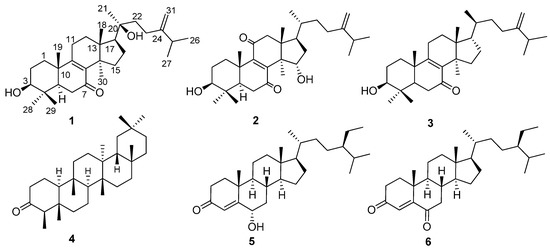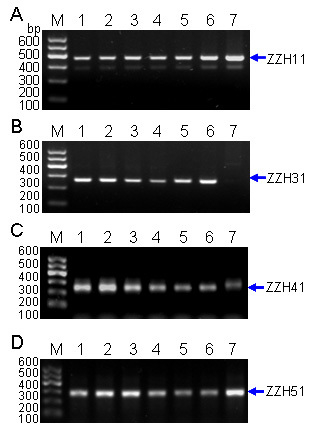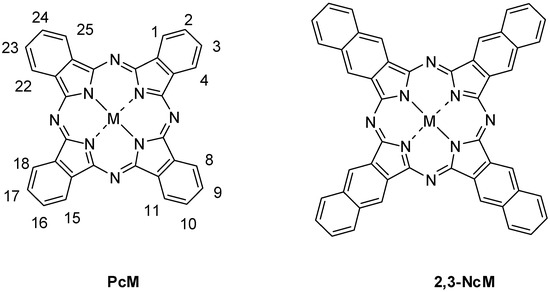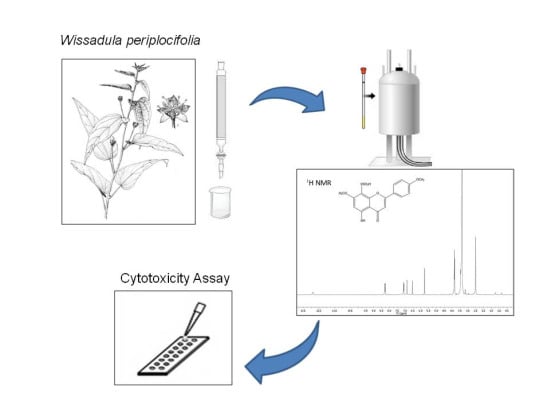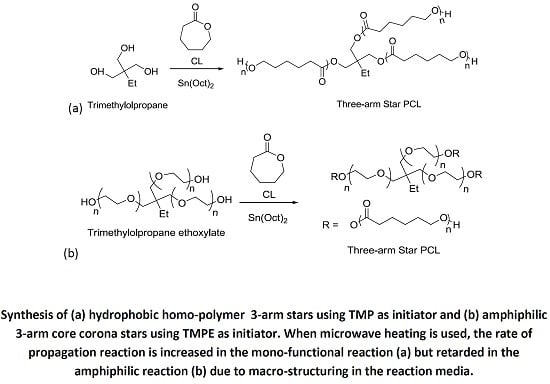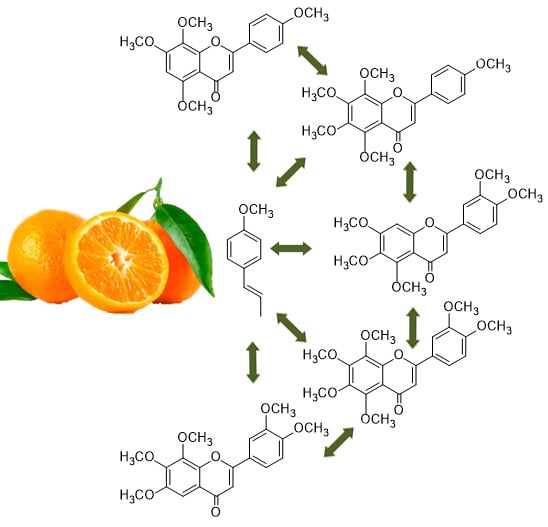Wissadula periplocifolia (L.) C. Presl (Malvaceae) is commonly used in Brazil to treat bee stings and as an antiseptic. The antioxidant properties of its extracts have been previously demonstrated, thus justifying a phytochemical investigation for its bioactive phenolic constituents. This has yielded five new sulphated flavonoids: 8-
O-sulphate isoscutellarein (yannin) (
1a); 4′-
O-methyl-7-
O-sulphate isoscutellarein (beltraonin) (
1b); 7-
O-sulphate acacetin (wissadulin) (
2a); 4′-
O-methyl-8-
O-sulphate isoscutellarein (caicoine) (
2b) and 3′-
O-methyl-8-
O-sulphate hypolaetin (pedroin) (
3b) along with the known flavonoids 7,4′-di-
O-methyl-8-
O-sulphate isoscutellarein (
4), acacetin, apigenin, isoscutellarein, 4´-
O-methyl isoscutellarein, 7,4′-di-
O-methylisoscutellarein, astragalin and tiliroside. The compounds were isolated by column chromatography and identified by NMR (
1H,
13C, HMQC, HMBC and COSY) and LC-HRMS. A cell based assay was carried out to evaluate the preliminary cytotoxic properties of the flavonoids against UVW glioma and PC-3M prostate cancer cells as well as non-tumour cell lines. The obtained results showed that acacetin, tiliroside, a mixture of acacetin + apigenin and the sulphated flavonoids
2a +
2b exhibited inhibitory activity against at least one of the cell lines tested. Among the tested flavonoids acacetin and tiliroside showed lower IC
50 values, presenting promising antitumor effects.
Full article
